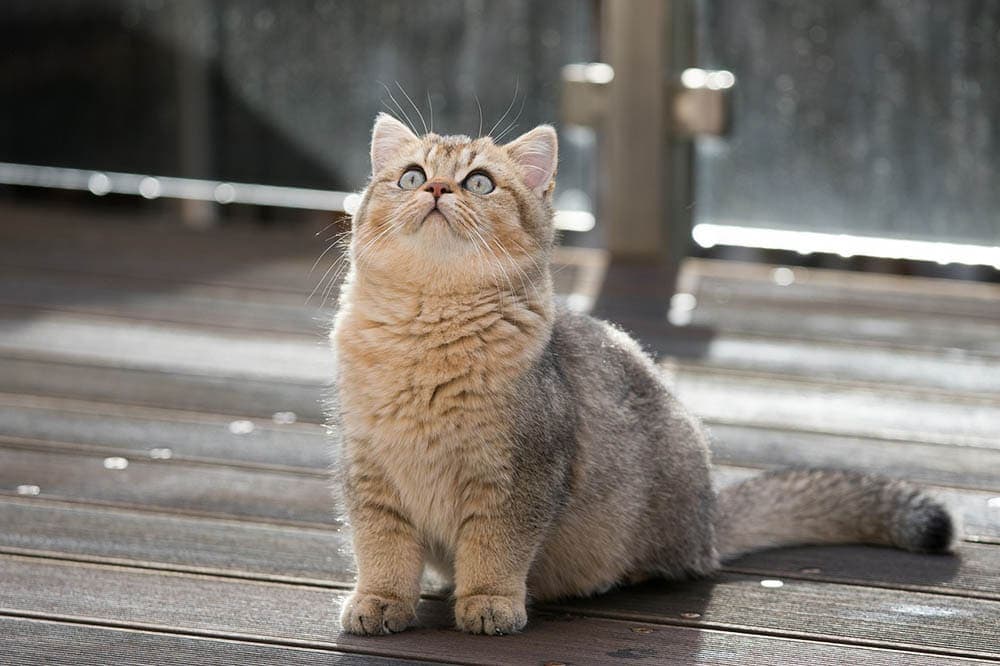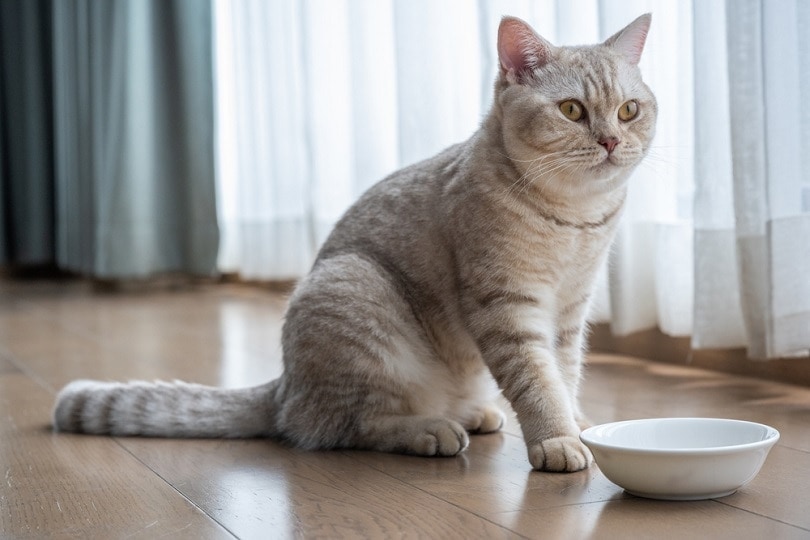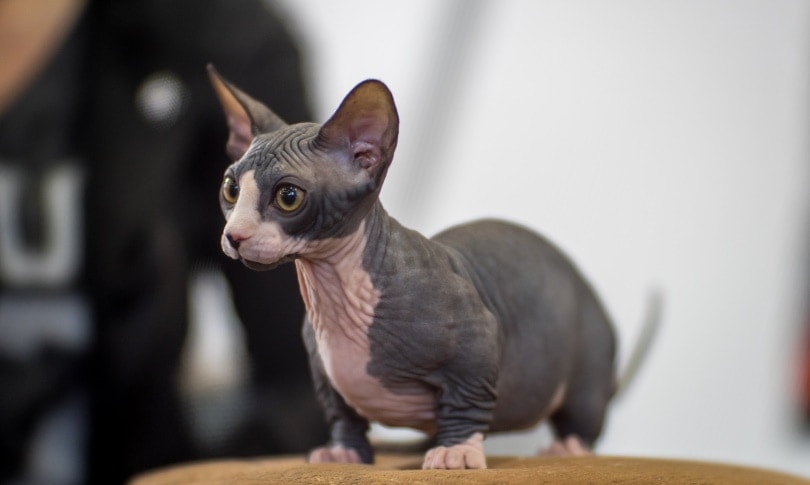Tabby British Shorthair Cat: Facts, Origin & History (With Pictures)

By Misty Layne
Updated on

The is one of the most popular feline breeds in the United Kingdom and has quickly become a favorite across the pond as well. And it’s no wonder considering this cat’s beauty and friendly personality! Coming in several colors and patterns, including the tabby patterns of Classic Tabby, Mackerel Tabby, Spotted & Ticked Tabby, the British Shorthair is an excellent pet to have.
If you’re thinking of , particularly a tabby one, you likely are interested in knowing a bit more about them, such as where they came from and how they became so popular. Below you’ll find out just that (and more), so continue reading for all you need to know about the Tabby British Shorthair.
The Earliest Records of the Tabby British Shorthair in History
The British Shorthair is an incredibly old cat breed, as they are believed to be descendants of felines carried to England by invading Romans. The cats brought over were kept around to act as rat catchers and pest control, and it wasn’t long before they were widespread throughout England. And not much longer after that, these kitties won people over with their charming personalities and were soon welcomed into homes across the country.
Later, at the tail end of the 1800s, breeder Harrison Weir began developing the modern British Shorthair by crossbreeding several types of felines. But it wasn’t till after World War I that the British Shorthair known and loved today was truly finessed by adding Persians, French Chartreux, Russian Blues, and domestic shorthairs to the British Shorthair mix.
It’s difficult to say when the first Tabby British Shorthair appeared, but we do know that one of Weir’s Blue Tabby British Shorthairs won Best in Show at a cat show in 1871. And by 1910, two Silver Tabby British Shorthairs were the top winners in cat shows in England. Plus, the first British Shorthair to be registered in America was a red tabby in 1901. So, tabbies have been around for quite a while!

How the Tabby British Shorthair Gained Popularity
As we said, British Shorthairs were winning many awards in cat shows across England—with several of these winners being tabbies—and soon, they were all the rage. Their huge success in cat shows led to them being highly in demand (particularly Silver Tabby British Shorthairs). However, World War I brought a slowdown to this demand for the breed, and by the end of the second world war, very few of this breed had survived. This was when Persians and other breeds were introduced in an effort to save the breed.
Formal Recognition of the Tabby British Shorthair
Initially, only the blue color of the British Shorthair (the British Blue) was recognized—by The American Cat Association in 1967. Then came the International Cat Association, which recognized the British Shorthair in various colors and patterns in 1979. The British Shorthair, including tabbies, was recognized by the Cat Fanciers’ Association (CFA) in May 1980.
In 2009, The American Cat Association became the only cat association to recognize the British Shorthair as a variety.

 Top 7 Unique Facts About the Tabby British Shorthair
Top 7 Unique Facts About the Tabby British Shorthair
Ready to learn some unique and interesting facts about the British Shorthair?
1. The Cheshire Cat is probably the most famous British Shorthair
Though no one seems quite sure how the Cheshire Cat got its infamous smile, some believe Carroll was inspired by either a church sculpture or an illustration from Cheshire Cheese.
2. The Silver Tabby British Shorthair has four types of patterns
These beautiful kitties come in Ticked, Classic, Mackerel, or Spotted.

3. The first-ever cat meme featured a British Shorthair
The infamous “I can has cheezburger?” meme created in 2007 featured a British Blue.
4. British Shorthairs can live for an incredibly long time!
This breed can live upwards of 20 years, with Cola the cat holding the record at 28 years.
5. Puss in Boots is thought to be a British Shorthair
Despite the Spanish accent, this kitty character is considered a British Shorthair due to its big eyes and chubby cheeks.
6. Some British Shorthairs are internet famous
Take Coby the cat from Instagram—this feline has 1.9 million followers!
7. British Shorthairs may not have loud meows, but their purrs are another matter
A British Shorthair named Smokey held the record for loudest purr—coming in at 67.7 decibels!—for four years.

 Does the Tabby British Shorthair Make a Good Pet?
Does the Tabby British Shorthair Make a Good Pet?
Tabby British Shorthairs make wonderful pets! Due to their calm dispositions and general laidbackness, this breed mixes well with people and pets of all kinds. They aren’t overly energetic, so they’re good for people who are less active, such as seniors. And because they’re so sweet, they make a good option for those with children. This breed even gets along well with other pets (though they shouldn’t be left alone with smaller animals due to their prey drive)!
One thing to note, though, is that British Shorthairs can get overly attached to their owners, so be aware of that.
Conclusion
The British Shorthair has been around for a very long time (tabby or otherwise). The tabby pattern, though, has been one of the most popular ones throughout history, especially the Silver Tabby British Shorthair early on. And the British Shorthair breed is quite famous in general, as they’ve appeared in literature, memes, cartoons, and more.
If you’re considering getting one of these gorgeous kitties in a tabby pattern, you’ll have a new sweet and cuddly friend that provides tons of fun and record-breaking purring!
Featured Image Credit: Nils Jacobi, Shutterstock











